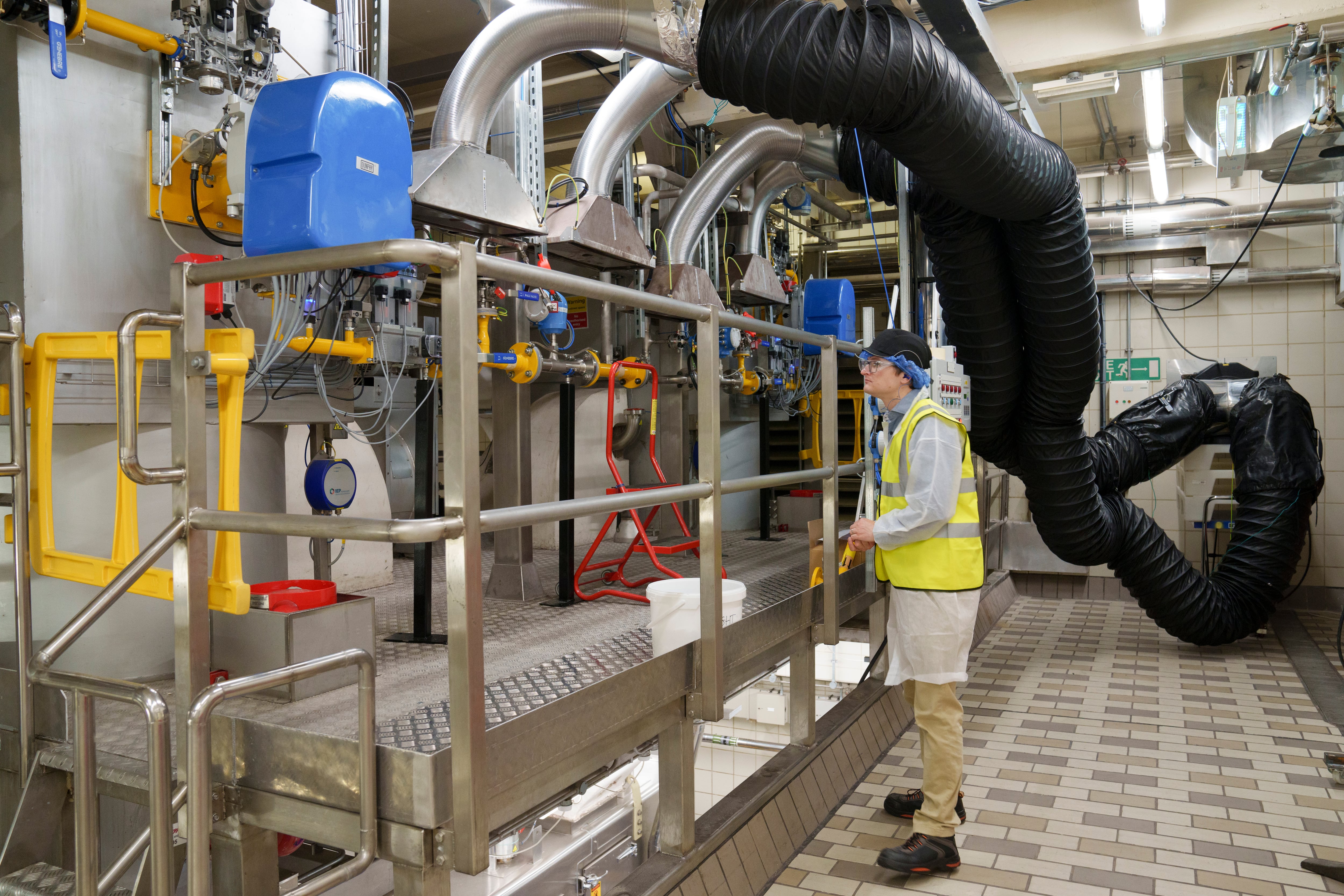Kellanova UK is the first British food manufacturer to produce cereal using hydrogen power to toast cereal on its production line during a three-week, Government-funded demonstration.
Gas was replaced with hydrogen at Kellogg’s Manchester facility to produce Corn Flakes, Bran Flakes, Special K and Rice Krispies, as part of a £3m Department for Energy Security & Net Zero fund granted to Kellanova UK in 2023.
How much energy does hydrogen save?
The HyNet Industrial Switching2 programme, which is funded by the UK Government’s £55m Fuel Switching Competition, part of a wider £1bn innovation programme, showed hydrogen can be used to support F&B’s decarbonisation.
“Having businesses like Kellogg’s taking part has been hugely valuable in paving the way for other food manufacturers to explore low carbon fuel, think about their own decarbonisation roadmap, and help to make a critical contribution to the UK’s journey to Net Zero carbon emissions,” said chair of the HyNet Alliance, David Parkin.
The test formed an important part of Kellanova’s overall commitment to reducing greenhouse gas emissions, part of its Better Days plan, said Kellanova vice president for manufacturing, Sam Bistiaux.
By the end of last year, Kellanova had reduced scope one and two greenhouse gas emissions by 54%, putting it in good stead to achieve a 63% reduction by 2030.
Kellanova energy reduction plans
“The production of our cereal using hydrogen is an exciting first for us,” said Bistiaux. It’s a significant moment for our people, our operations, and the industry as a whole as it demonstrates the potential of investing in low carbon fuels to drive decarbonisation."
Kellanova was at the “pioneering edge” of the process, he said, but acknowledged the technology was still in its infancy, despite its long-term potential to be “truly transformative”.
“As we look to continue reducing our carbon footprint, we hope that sharing examples of best practice and learnings from the demonstration can equip other businesses with the confidence and know-how to do the same, so that we can take urgent and collective action towards a greener future,” he said.





